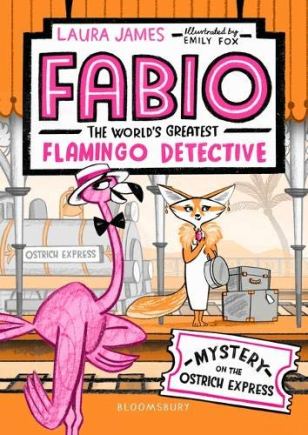I have a regular monthly, double-spread feature on writing for children in the national writing magazine, Writers’ Forum, which contain loads of writing tips from successful authors, agents and editors. The focus is on what works for these professionals and how this could benefit other children’s book writers. These features have been running for three years now.
In the #217 November issue I interview children’s non-fiction book writer, Moira Butterfield, about her latest books and why non-fiction books are so important.

Moira has been fighting the children’s non-fiction corner for many years and proudly told me:
It’s an exciting time for children’s non-fiction. For years non-fiction was not valued in the trade. This has changed thanks to the influence of the US market, in particular, where non-fiction is highly valued. At last we are being paired with good artists and editors are keen to hear from us. Thank goodness kids who love non-fiction are at last being catered for in the trade.
Moira Butterfield
Her latest books are Welcome To Our World, illustrated by Harriet Lynas and published by Nosy Crow and Home Sweet Home, illustrated by Clair Rossiter and published by Red Shed (part of Egmont UK).
Welcome to our World demonstrates how children all over the world are very different, but they also have much in common – despite different languages, customs and traditions, everyone shares a love of family, friends, food and fun. Home Sweet Home, sets out to explore the familiar features of a home, touching on different cultures and history to encourage children to think about what it is that makes a home.
Moira explained it is important to provide a diverse viewpoint, that all children will find interesting.
When writing non-fiction for children we not only need to get facts right with careful research, we also need to make sure that our work is multicultural. By ‘writing multiculturally’, I mean creating text that has an awareness of the whole world naturally and effortlessly within its fabric.
Moira Butterfield
Her tip for children’s non-fiction writers just starting out, is to go to bookshops to get an idea of the visual styles being published right now. Make a note of the text length being used, the types of illustrations and the layouts of the books. Think carefully about what you like and what you do not like. Buy some of the books you like and study them closely. Note the approach, the word count and how it appeals to the age-group it’s aimed at. Feed this information into your own work.
You can find out more about Moira Butterfield and her books on her website: www.moirabutterfield.com You can follow her on Instagram @moirabutterfieldauthor and on Twitter @moiraworld



























